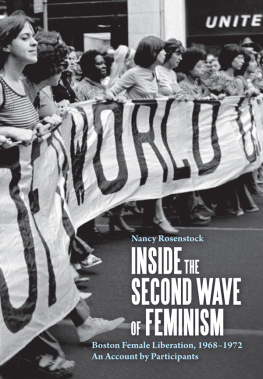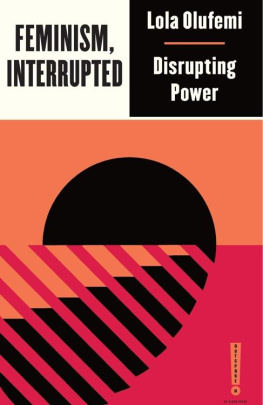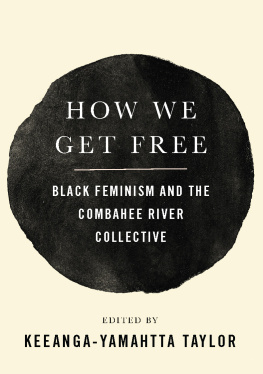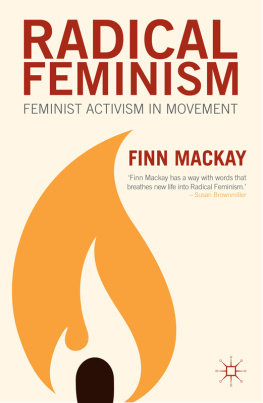Contents
Landmarks
PRAISE FOR INSIDE THE SECOND WAVE OF FEMINISM
An invaluable contribution to the canon of works on the history of the feminist movement in the United States. Nancy Rosen-stock has written an absorbing account of what it felt like to be a woman in the America of the 50s and 60s, the awakening of so many of us to the systematic discrimination we faced, and how we fought and overcame it. DR. BARBARA ROBERTS, cofounder of the Womens National Abortion Action Coalition
Often, the intimately intertwined histories of socialism, anarchism, and gay and womens liberation in America are willfully obscured. Often, second-wave feminists commitment to overthrowing capitalism is erased, as is their sisterhood with trans-gender women. Often, the shortcomings and defeats of lesbian separatist organizing are memorialized to the exclusion of the imaginatively rich, experientially complex, frequently surprising archives of womyn-centered struggle we need and deserve to hear about. These are some of the reasons why Nancy Rosen-stocks account of the militant collective thought and action of trans-inclusive Bostonian females fifty years ago is an important resource for anyone invested in todays movements for gender liberation and reproductive justice. This is a book dense with vital records of struggles for abortion and child care, struggles lost and won, inspirational testimonies, thoughtful self-appraisals and thrilling documentary artifacts. SOPHIE LEWIS, author of Full Surrogacy Now and Abolish the Family
Not only is this book a full-throttled challenge to overly simplistic and whitewashed portraits of second-wave feminism, but it also honors the scrappy, homegrown, grassroots radical feminist histories of Bostons Cell 16. Nancy Rosenstock provides a beautiful window into the nuances of starting a movement, from grunt work, growing armpit hair, and marching in the streets to lesbian separatism, tae kwon do classes, and radical abortion rights activism. This account is both historic and fresh, showing us once again that history is alive, written and rewritten by each subsequent cohort of rabble-rousing feminists looking to smash norms and change the world. BREANNE FAHS, editor of Burn It Down! Feminist Manifestos for the Revolution
When Kathie Sarachild of Redstockings coined the phrase Sisterhood is Powerful in 1968, this is what she meant: ordinary women becoming revolutionaries because they had each otherto argue with, build unity with, and risk everything with as they opened new fronts in the fight against male supremacy. JENNY BROWN, author of Birth Strike and Without Apology.
A wonderful accounting of the ideas and actions of a singular group of radical feminists, which is enriched by the inclusion of the very documents shaping these individuals and this movement. As one participant said of the group, Women were so hungry for this information. It was like being swept up by a wave. Rosenstock gives an insiders view of the group and its popular journal, No More Fun and Games. Just as the group and its journal informed and enriched womens lives and gave them an understanding of the ideals of the Female Liberation group, so too does this book, with its interviews and documents, transport the reader to the historical moment. DR. KATHERINE PARKIN, professor of history at Monmouth University
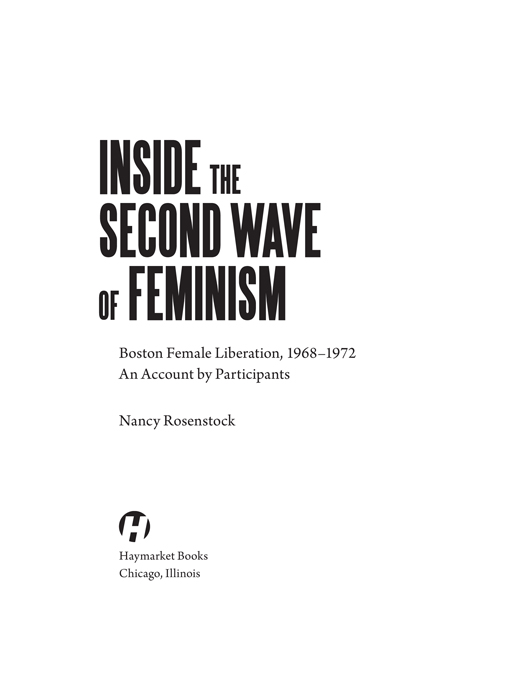
2022 Nancy Rosenstock
Published in 2022 by
Haymarket Books
P.O. Box 180165
Chicago, IL 60618
773-583-7884
www.haymarketbooks.org
ISBN: 978-1-64259-730-1
Distributed to the trade in the US through Consortium Book Sales and Distribution (www.cbsd.com) and internationally through Ingram Publisher Services International (www.ingramcontent.com).
This book was published with the generous support of Lannan Foundation and Wallace Action Fund.
Special discounts are available for bulk purchases by organizations and institutions. Please email for more information.
Cover photography taken at the Womens Strike for Equality, August 26, 1970, in New York City by Howard Petrick. Cover design by Rachel Cohen.
Library of Congress Cataloging-in-Publication data is available.

INTRODUCTION
A little more than a hundred years ago in the United States, women won the right to vote after a long fight. This struggle, often referred to as the first wave of feminism, was followed, fifty years later, by what has become known as feminisms second wave.
What was the second wave of feminism? What did it look like from the inside? Why is it relevant today?
Through interviews with thirteen activists including myself, and through documents spanning the years 19681972, this book takes a look at these questions by focusing on one of the major radical feminist groups that developed in the early days of feminisms second wave.
Boston Female Liberationwhich for a time was also known as Cell 16published one of the first feminist journals, No More Fun and Games, beginning in 1968. Later, in 1971, we launched a magazine, the Second Wave. Both publications were widely read and respected at the time and included poetry, art, and theoretical articles analyzing female oppression.
Through these publications and its activities, Female Liberation/Cell 16 became a pole of attraction nationally. In 1969 it helped organize the New England Regional Female Liberation Conference, which was attended by over six hundred people. Leaders of Female Liberation were invited to speak at several national womens liberation conferences. One of the main contributions the organization made was to question prevailing notions of beauty and femininity. The organization also became known for teaching self-defense to women to combat sexual violence.
Understanding that women needed to control their own bodies at a time when abortion was illegal, Female Liberation joined others in the fight for the legalization of abortion. In addition, the organization championed the call for No forced sterilization, knowing that Black, Latina, and Native American women were often sterilized against their will. Working in a coalition with others, Female Liberation led the campaign to place a referendum on the Cambridge, Massachusetts, ballot in 1971 calling for free, twenty-four-hour child care; the referendum won, but the measure was never implemented. Female Liberation was also one of the first radical feminist groups to seek alliances with the antiVietnam War movement and the fight for Black liberation. Many of its members became convinced of the ties between feminism and socialism.
Included in the book is a first-hand account of the fifty-thousand-strong, August 26, 1970, march in New York City that heralded the public emergence of the second wave of feminism. Ruthann Miller, official coordinator of the march, though not a
The book is divided into two parts. The first section is weaved together as a conversation, outlining the path of each woman and of the organization as a whole. Documents of Female Liberation make up the second part. Included here are important contributions to radical feminist theory and practice: Abortion: A Feminist Perspective, Why Is Feminism Revolutionary?, Females and Self-Defense, and Black Women and Abortion, plus more.

